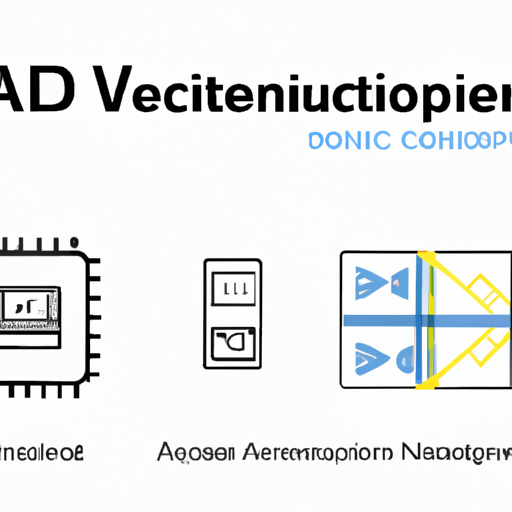Application Development in Digital to Analog Converters (DACs) and Integration with 1N4007-T
Digital to Analog Converters (DACs) are essential components in modern electronics, enabling the conversion of digital signals into analog form for various applications. While the 1N4007-T diode is primarily a rectifier used in power supply circuits, understanding how DACs function and how they can be integrated with components like the 1N4007-T can provide insights into effective electronic design.
Key Technologies in DAC Development
| 1. Resolution and Precision | |
| 2. Sampling Rate | |
| 3. Architecture | |
| 4. Integration with Microcontrollers and FPGAs | |
| 5. Power Management | |
| 1. High-Fidelity Audio Systems | |
| 2. Telecommunications | |
| 3. Medical Imaging | |
| 4. Industrial Automation | |
| 5. Consumer Electronics |
Success Stories in DAC Applications
Integration with 1N4007-T
The 1N4007-T diode, while not directly related to DAC technology, plays a supportive role in systems that incorporate DACs. Here are some integration points:
- Power Supply Design: The 1N4007-T can be used in the power supply circuit to rectify AC voltage, providing a stable DC voltage to the DAC. This stability is crucial for the reliable operation of DACs, which require consistent power levels.
- Signal Conditioning: DAC outputs may require additional conditioning (e.g., filtering or amplification) before being used in the final application. The 1N4007-T can be part of the power supply for these conditioning circuits, ensuring they operate effectively.
- Protection Circuits: The 1N4007-T can protect DAC circuits from reverse voltage spikes, which can occur in various scenarios. This protection helps to ensure the longevity and reliability of the DAC and associated components.
Conclusion
The evolution of DAC technology is driven by advancements in semiconductor technology and the growing demand for high-performance electronic devices. The integration of DACs with components like the 1N4007-T in power supply circuits highlights the collaborative nature of modern electronic design. As DAC applications continue to expand across industries, we can anticipate ongoing innovation and success stories that leverage the strengths of both DAC technology and supporting components like the 1N4007-T. This synergy will enable the development of more sophisticated, reliable, and efficient electronic systems.






